Listed 21 sub titles with search on: Main pages for wider area of: "KEFALLONIA Island IONIAN ISLANDS" .
AGIA EFIMIA (Village) KEFALLONIA
Aghia Efimia is situated at the eastern part of the island and it
is an exceptionally picturesque village with rich vegetation. At its port ships
from the opposite coast (Sterea
Ellada) put in. Aghia Efimia is developed as far as tourism is concerned and
offers every possible amenity to the visitor.
This text (extract) is cited January 2004 from the Assoc.
of Local Authorities of Kefalonia & Ithaca tourist pamphlet.
ANTISAMOS (Beach) KEFALLONIA
A pleasant surprise awaits the visitor after reaching Dichalia and starting to descend to Antisamos Beach. A splendid canvas of green is painted in all imaginable shades of blue and white.
From that vintage location, the view of the emerald beach is an awesome experiences for the senses, every single time.
The turquoise waters of the Ionian Sea reach out to embrace the incredibly white pebbles which in turn fade into the magnificent green surrounding scenery of the mountainside.
Antisamos is one of the best beaches on the island and the entire Ionian region as well.
It is this untamed beauty that captured the imagination of the producers of "Captain Corelli's Mandolin" when they decided to use it as a location for the filming of the movie.
This text (extract) is cited April 2010 from the Municipality of Symi web site.
ARGOSTOLI (Town) KEFALLONIA
Argostoli, with a population of 8000 people, became Cephalonia’s
capital in 1757.
Even though many of the town’s imposing mansions were destroyed
during the 1953 earthquakes, the new town which was built kept the quaint, Ionian
style with well-laid out streets, spacious squares, many trees and alleys and
a very lively port.
In the centre of the city there are the Administrative House, the
Town Hall, the Archaeological
Museum, the Korgialenio
Popular Art Museum, the Korgialenios Library and the newly-built "Kefalos"
Theatre.
At the port, the visitors can see Nikos Kavadias’ bust gazing
to the endless sea. Kavadias was a poet who loved and wrote about the sea during
his whole life.
From the few works of the island’s British period which the
earthquakes didn’t destroy is Koutavos bridge, built in 1813, which connects
Argostoli with the opposite coast.
Walking along Lithostroto (stone-paved street), the town’s central
street, take a minute to visit Aghios Spiridonas’ church and Kambana square.
Reaching the street at the port, you will see the market full of fresh
fish and sweet-smelling fruit and vegetables. Further down many pastry shops and
restaurants invite you to taste the local dishes.
The people are hospitable, warm-hearted, easy-going and will not fail
to help you and make your stay a memorable experience.
This text (extract) is cited January 2004 from the Assoc.
of Local Authorities of Kefalonia & Ithaca tourist pamphlet.
ASSOS (Village) KEFALLONIA
One of the most picturesque places of the island. Is a very popular
destination with many visitors during the summer. The village was built amphitheatrically
round Assos creck and has a beautiful beach. Walking around its narrow streets
one can see beautiful houses with flowerfull gardens and one gets the impression
of what Kefalonia was like many years ago.
There are restaurants, cafes and other shops most them gathered round
the main square with it's beautiful plane and oleander trees!
The real jewel of Asos is it's castle from where one can admire the
panoramic view.
ERISSOS (Municipality) KEFALLONIA
The municipality of Erissos covers the north part of the island of
Kefalonia and is known for
its exceptional beauty. The road network which connects all the villages, passes
through beautiful scenery and meets the main road arteries of the island. Driving
through precipitous roads one can enjoy the view of picturesque landscapes, creeks
and dramatic clifs. During your trip you have the opportunity to visit the famous
village of Asos, the old capital
and important port of the island, in 1593, with the Venician Castle of 16th century
on top of the hill and the prisons where prisoners had to work as field hand workers
up to 1953.
About 2 kms past Asos on the way to Fiscardo,
one can visit the 1600 built monastery of Theotocou (Gods mother) where every
8th of September there is a celebration. The house hold icon of Godmother is named
(Wider than the skies) "Platirera ton ouranon".
On the way you also have the opportunity to wander beautiful little
villages where in a lot of them that survived the 1953 earthquake, you can distinguish
the Italian influenced architecture.
Fiscardo is an old fishing village in which all the houses survived
the 1953 earthquake. Today it is one of the most popular and touristy-holiday
places in Greece, well known for its traditional architecture and breathtaking
picturesque beauty, as well as its cosmopolitan little natural port. Fiscardo
is the home town of the sea poet Nikos Kavadias and it took it's name from the
crusader Robert Guiscard. Fiscardo is surrounded by beautiful little villages,
glistening creeks and other places such as Foki & Evreti
with the wonderful cypress forests. The eastern villages of the municipality are
situated opposite the island of Ithaca,
through time, witnessing the world evolution and looking towards the future.
This text is cited June 2003 from the Municipality of Erissos URL below, which contains images.
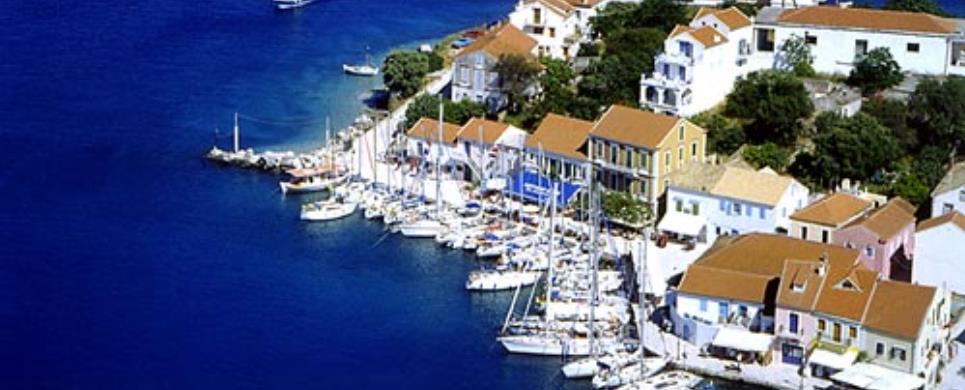
FISKARDO (Village) KEFALLONIA
Fiscardo is situated in the most northern point of the island opposite
the island of Ithaka and is
famous for its traditional architecture and its cosmopolitan port.
It is one of the most important tourist and holiday destinations of
the island with soundly organised tourist background.
Many yachts arrive at Fiscardo's port where their owners most of the
times decide to stay for the rest of their holiday.
Something similar happened to crusader Robert Guiscard from whom Fiscardo
took its name, who arrived in 1085 in order to conquer the island, but finally
stayed and lived in Fiscardo for the rest of his life. Most of the mansions (stately
houses) one can see in Fiscardo belong to the Venetian architecture era.
KEFALLONIA (Island) IONIAN ISLANDS
Cephalonia is the largest and most mountainous island in Eptanissa.
It is situated to the south of Lefkada,
west of Ithaki and north of
Zakynthos.
It is an all-green island, which offers variety and sharp contrasts
in scenery. Argostoli is the
island’s capital and also gives its name to the nearby bay. Opposite Argostoli,
in Palliki peninsula, is situated
Lixouri, the second most important town of the island.
Cephalonia’s coasts form either small bays or gulfs with magnificent,
wind-protected beaches, ideal for swimming and sunbathing or steep cliffs where
the wild rocks meet the deep blue Ionian
Sea.
Cephalonia’s flora is renowned for the unique variety of black
fir called the "cephalonian fir" which can only be found without hybrids
on the highest mountain of the island, Mount
Enos.
This text (extract) is cited January 2004 from the Assoc.
of Local Authorities of Kefalonia & Ithaca tourist pamphlet.
KOURKOUMELATA (Village) KEFALLONIA
A modern village rebuilt after the 1953 earthquakes in the traditional style with donations from the family of the shipowner Vergoti. The village's Cultural Centre is housed in a neoclassical building. There is a marvellous view from Kourkoumelata over the Ionian Sea.



LIVATHOU (Municipality) KEFALLONIA
Livatho area spreads along the southern part of the island. Here,
the visitor can enjoy swimming in one of the picturesque beaches such as Lourdas
and Avithos. Once in the area, do not forget to visit Metaxata
village to see the house where Lord Byron lived for a while, in 1824, before
going to Messolonghi.
Touring around Livatho, it’s worth visiting Ntomata
and Kalligata, two villages
whose churches are decorated with magnificent wooden carved icon screens.
The sights of the area also include Ag.
Andreas’ Monastery and Ag.
Georgios’ Castle.
This text (extract) is cited January 2004 from the Assoc.
of Local Authorities of Kefalonia & Ithaca tourist pamphlet.
LIXOURI (Small town) KEFALLONIA
Lixouri is the second largest town with a population of 3500 people,
according to the most recent census.
It is situated in Palliki
peninsula and there is regular ferry boat transport from Argostoli.
The visitor can also reach Lixouri driving around the big bay of Livadi.
Lixouri is divided in two parts by a stream and small bridges connect
the two banks. It is a modern town with big streets full of trees and spacious
squares.
At the town’s port, you can see Andreas Laskaratos’ statue.
Laskaratos was a satiric poet who came from Lixouri and lived in the 19th century.
Furthermore, liberal politicians’ busts, such as Typaldos-Iakovatos,
Pylarinos and Typaldos Kapeletos-Dotoratos can be seen around the town.
Distinguished benefactors like P. Vallianos, S. Petritsis, the Basias
brothers and others helped to reconstruct the town after the terrible earthquakes
in 1953.
The inhabitants of Lixouri, as all Cephalonians, are famous for their
love and talents in music, literature and art in general. In this frame we should
not fail to mention Pali’s Music School which was founded in 1836 and it
is one of the oldest and most important in Greece.
Lixouri is very famous for the rich cultural events.
Its Carnival is renowned for its sense of humour and satire and it
is the prevailing happening in winter.
The whole island participates in it and apart from its variety and
its humorous sense it also possesses a Dionysiac aspect.
It is regarded as one of the most successful provincial carnivals.
During the summer season, the Cultural
Centre of Lixouri Municipality in collaboration with other Municipalities
and authorities organises various cultural events.
Lixouri’s sights also include Laskaratos’ hill, Iakovatos
Library, the Archaeological Collection and numerous magnificent churches with
wooden carved icon screens.
This text (extract) is cited January 2004 from the Assoc.
of Local Authorities of Kefalonia & Ithaca tourist pamphlet.

LOURDATA (Village) KEFALLONIA
Tel: +30 26710 31425
The village of Lourdata is situated in a verdant, fertile region. The waters of
Enos and the protection afforded
by the mountain greatly heighten the fertility of the village gardens and orchards,
which go right down to the sea. The Cephalonians relish the fruit and vegetables
from the gardens of Lourdata, which are very tasty. The village's fine beach,
which is also large, every year attracts crowds of holidaymakers, Greek and non-Greek.
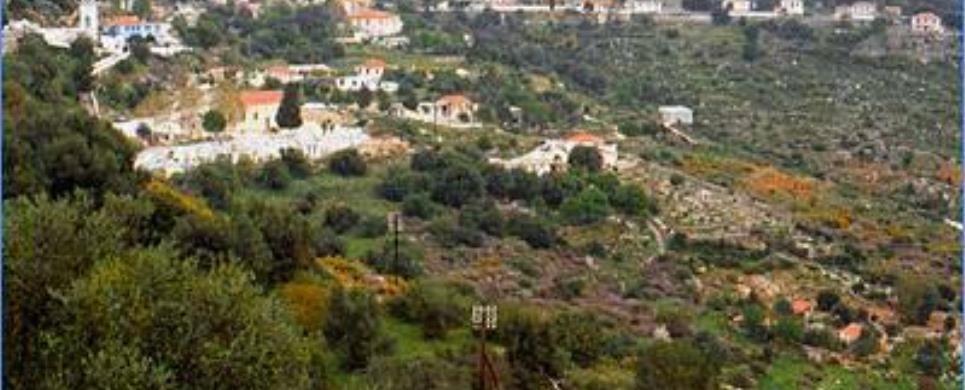
MARKOPOULO (Village) KEFALLONIA
Tel: +30 26710 81358
A village built on a rise with a superb panoramic view. Each year around mid-August
in Markopoulo the snakes of the Panagia make their appearance. These are small
harmless snakes which have the sign of the cross on their heads. On the day of
the festival of the Panagia the snakes go into the church and up onto the silver
icon of the Virgin. Is it a miracle or a way station for the snakes as they make
their way to some place warmer? According to contemporary reports, in 1953, the
year of the big earthquakes, the snakes did not make their appearance. It is characteristic
that the snakes of the Panagia disappear on 15th August after the liturgy or after
the church festival.
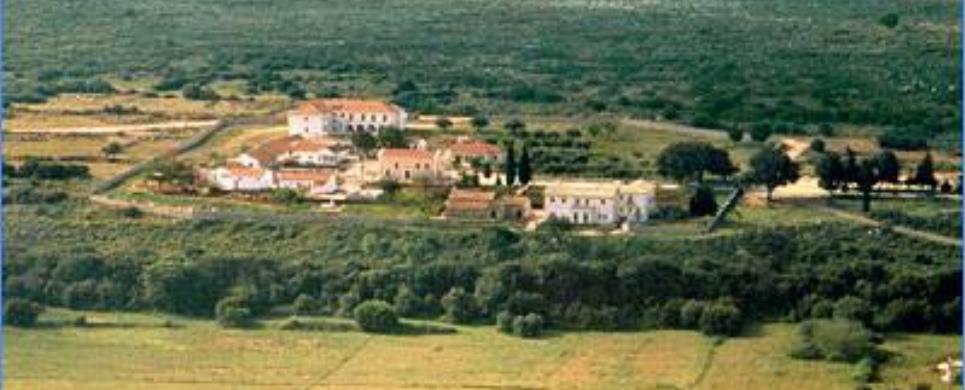
MONI AGIOU ANDREOU MILAPIDIAS (Monastery) KEFALLONIA
Tel: +30 26710 69398
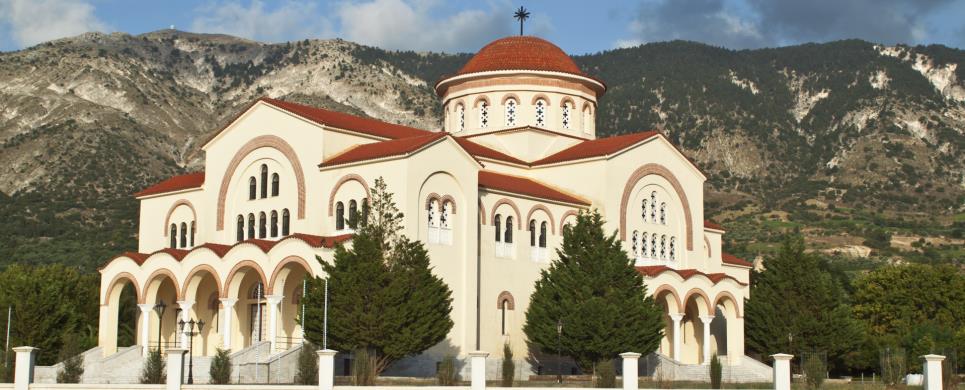
MONI AGIOU GERASSIMOU (Monastery) KEFALLONIA
Tel: +30 26710 86385
Aghios Gerassimos’ monastery dates back to the 16th century.
The Saint, patron of the island, lived and taught here from 1560 until
his death in 1579, leaving behind magnificent samples of his ascetic life.
His relics are kept in the monastery’s church and his memory
is honoured on 16th August and on 20th October.
This text (extract) is cited January 2004 from the Assoc.
of Local Authorities of Kefalonia & Ithaca tourist pamphlet.
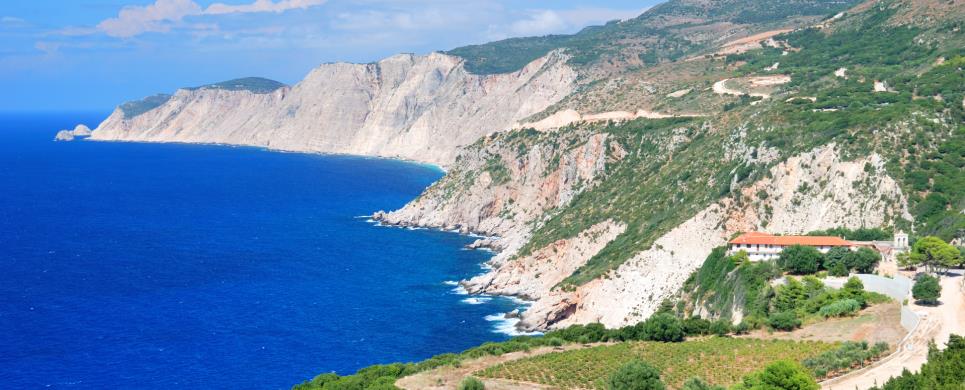
MONI KIPOUREON (Monastery) KEFALLONIA
Tel: +30 26710 91354
The monastery dedicated to Virgin Mary Kipoureon was built in 1759
and is situated in Palliki
peninsula.
The visitor apart from the remarkable relics will also have the chance
to admire the unrivalled view towards the endless blue sea. An unforgettable experience.
This text (extract) is cited January 2004 from the Assoc.
of Local Authorities of Kefalonia & Ithaca tourist pamphlet.
POROS (Small town) KEFALLONIA
Poros is the biggest district of new Elios-Pronnoi municipality. Is a beautiful,picturesque village, surrounded by the villages Tzanata, Asprogerakas, Kabitsata and Riza. It has a population of 1500 inhabitants. Its port is a significant link between Kefalonia and continental Greece. It was rebuilt after the earthquake of 1953 , after the few fishermen’s houses were destroyed, it is harmonically constructed at the foot of the mountains Pahni and Atros. A vast indented coastline, that is 2km long, abundant in sandy beaches and leeward ports, comprises its seafront. The sea with its clear and transparent waters offers a spectacular sight with the variety of colours. The area is renowned as a fishing place, while its caves are a shelter for the seal Monachus-Monachus and the turtle Caretta-Caretta.
This text is cited Apr 2003 from the Poros Community URL below, which contains images.
RATZAKLI (Settlement) KEFALLONIA
Ratzakli is a picturesque village, which belongs to the District of Skala. It has an exceptional view of the sea and the adjacent Katelios Bay.
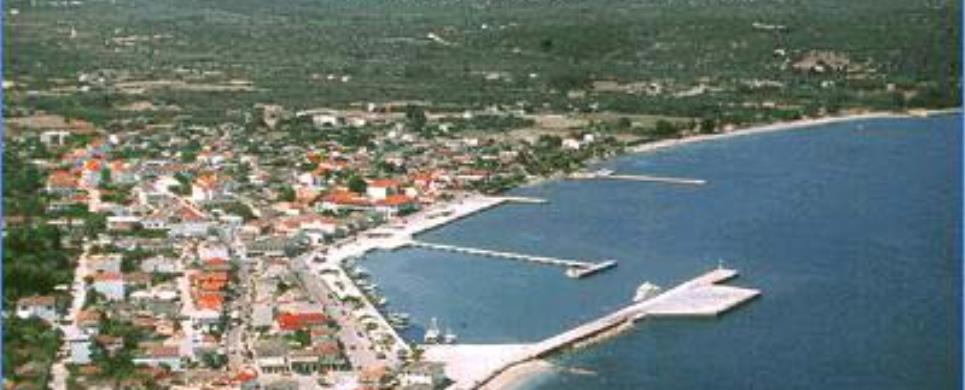
SAMI (Village) KEFALLONIA
Sami is one of the most renowned holiday resorts on the island. The
area combines the beauty of mountains and sea whereas big and small ships put
in at the port. Apart from the hotels and the rented rooms there is also a perfectly
organised camping.
On Aghii Fanentes hill nearby, you can visit the ruins of the homonymous
monastery. Furthermore, near Sami, there are ruins of a roman building, which
the locals call "Rakospito" as well as three tombs dating back to the
3rd century BC. Around Sami, there are numerous caves such as Agalaki cave, Aghia
Eleousa precipice and Zervati cave. The two most important caves of the area are
those of Melissani and Drogarati.
This text (extract) is cited January 2004 from the Assoc.
of Local Authorities of Kefalonia & Ithaca tourist pamphlet.
SIMOTATA (Village) KEFALLONIA
According to an old Lixouri saying, this village is known for the local cheese.
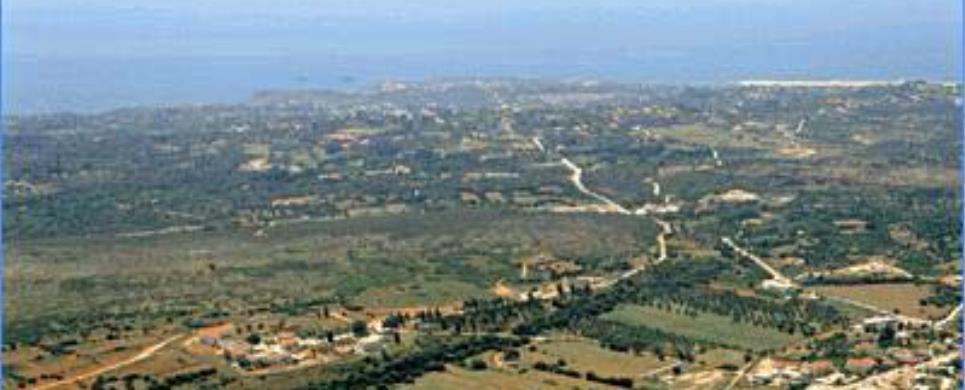
SVORONATA (Village) KEFALLONIA
Tel: +30 26710 41220
Svoronata is made up of three regions: Svoronata, Sarlata
and Domata. In the position
of the mediaeval capital of Kefalonia, Travliata, are the remains of the mediaeval
fortress. It was constructed in 1504, by Venetian and Cephalonian builders under
the supervision of the Italian engineer Nikolaos Tsimaras.
Receive our daily Newsletter with all the latest updates on the Greek Travel industry.
Subscribe now!